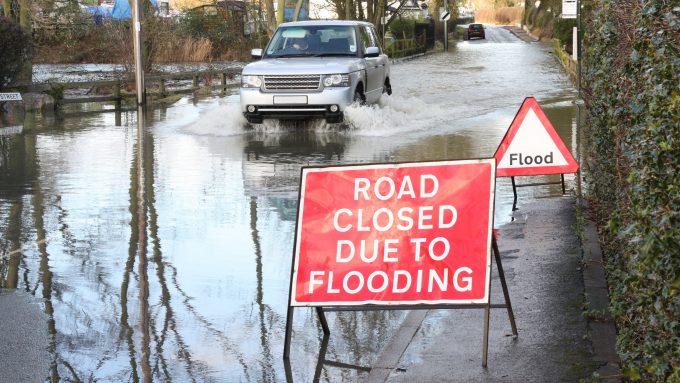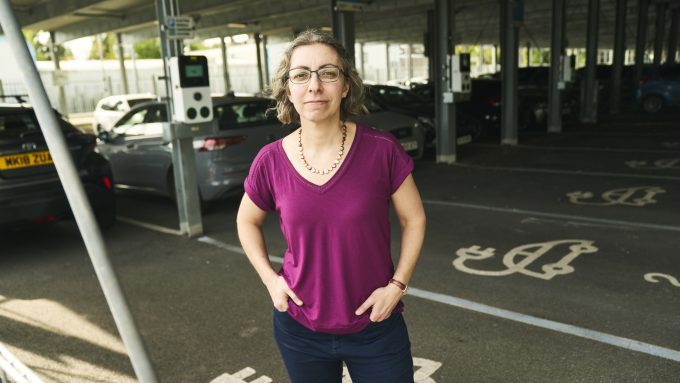
Sophie Taysom: Much more to ESG than box ticking

For those who hear the phrase ‘ESG’ and shrug or pay it only lip service: think again. Companies who develop and deliver on their Environmental, Social and Governance considerations not only ensure they are meeting their statutory obligations but can become better businesses too.
Better in terms of attracting and retaining a committed workforce, better in terms of engaging with their local communities, and better in terms of attracting the interest of investors. For SMEs struggling with challenging economic headwinds and getting themselves noticed, spending more time and effort to consider ESG could be a worthwhile exercise.
I advise companies and organisations, from start-ups to large firms – and a global non-profit – on creating frameworks and strategies around improving their ESG corporate credentials. Much of what I discuss with big businesses can be useful for small and medium sized companies too.
Despite some claims that ‘ESG is dead’, there’s a growing awareness of the role of ESG in helping companies better understand risks and issues and put the appropriate mitigations in place. And there’s a huge interest in this area. In 2020, I set up a group on LinkedIn – ESG in Real Estate – which now has over 6,500 members from around the world.
My aim in working with companies is not only for them to meet the myriad of ESG regulations, but to help grow confidence in their abilities as a company among their consumers, investors and shareholders.
This all must be underpinned by data, qualitative and quantitative. And the market, shareholders and wider stakeholders are becoming much more sophisticated in what they’re expecting to see. Commitments need to be grounded in data.
I’ve come across a few businesses where commitments have been made, for instance to Net Zero by 2030 – but without a baseline or a plan. This is like me saying I’ve signed up for a marathon. ‘Yay, well done you’. But if I don’t have a fitness baseline and no plan, and then assess progress on an ongoing basis, chances are I won’t get to the finish line. And I’ve done a couple of marathons...

My focus area is real assets. ESG is essential for all sorts of reasons including managing risks of our buildings and infrastructure to, for instance, the impact of extreme weather. It can help to keep tenants and members of the public happier too, who want to feel that the spaces they occupy are pleasant, comfortable and energy efficient.
There is a push in many city centres for property owners to consider a retrofit first approach to developing their real estate, rather than knocking buildings down and starting again. The pace of change in this area is extraordinary. Three years ago, very few people were talking about embodied carbon, but now it is part of the general conversation, and more people seem to understand why it is so important.
I am sure that companies who embrace ESG can not only maximise the positive impacts they can make on people and places but can look forward to realising greater profits too.
Dr Sophie Taysom is an Ambassador for Connected Places Catapult and is one of 31 new Affiliates appointed last summer to help deliver on its strategic objectives. She also runs her own firm, Keyah Consulting.





